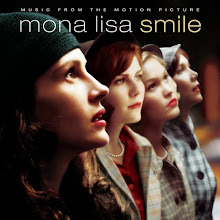An individual for a small group.
Who was Renaissance art originally intended for? Well, the buyer of a work of art, named the commissioner, would commission artists to paint according to needs and desires. Somestimes a self-portrait, other times a commemorative painting, to remind of devotion, to instill civic propoganda...these are merely some of the reasons in which an artist would be commissioned to paint a work. Paintings were rarely completed "by the individual for the individual". The majority of Renaissance works had a purpose; purchased with fixed specifications, a contractual agreement, and a paid sum (usually instalments among partial-completion).

Piero della Francesca, The Duchess and Duke of Urbino, c. 1472
Leonardo da Vinci was commissioned in 1503 by the ruling body of the Republic of Florence to paint the Battle of Anghiari, a scene celebrating the a famous Florentine victory. All interior walls of the Salone dei Cinquecento in the Palazzo Vecchio were to be painted with scenes of civic Florentine propoganda. Due to Leonardo's experimental fresco technique, this painting was never realized.

Copy of Leonardo da Vinci's Battle of Anghiari by Peter Paul Rubens
Raphael was commissioned in 1511-12 by Pope Julius II. Notice several features; the pattern of the papal keys and tiara in the curtain, his beard which he grew as a symbol of mortification at having lost the city of Bologna in 1511, and his elderly features (he was to die the following year at the age of 70).

Raphael, Portrait of Pope Julius II, 1511-12






































